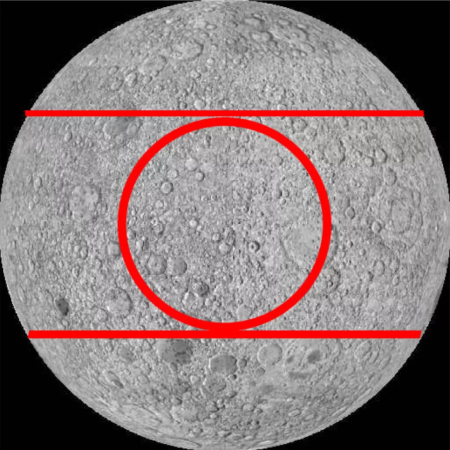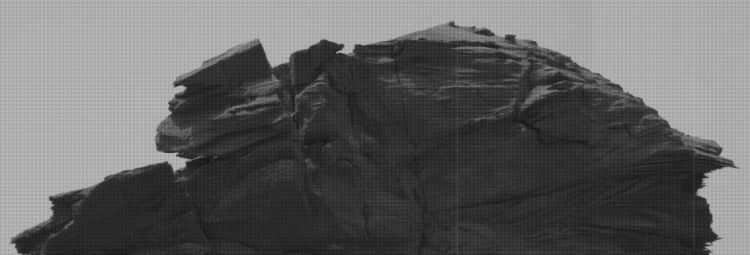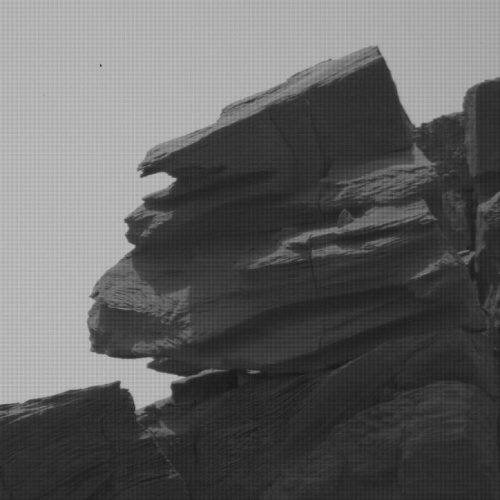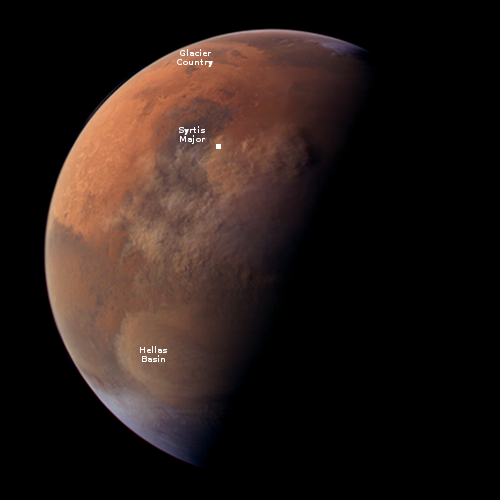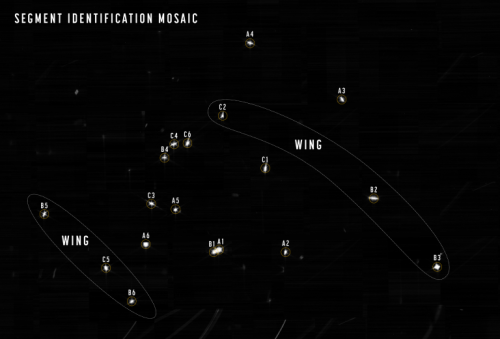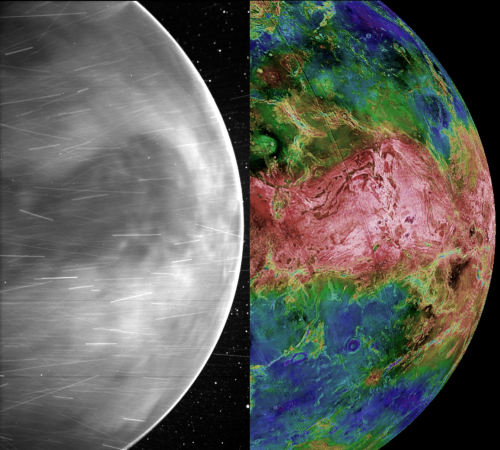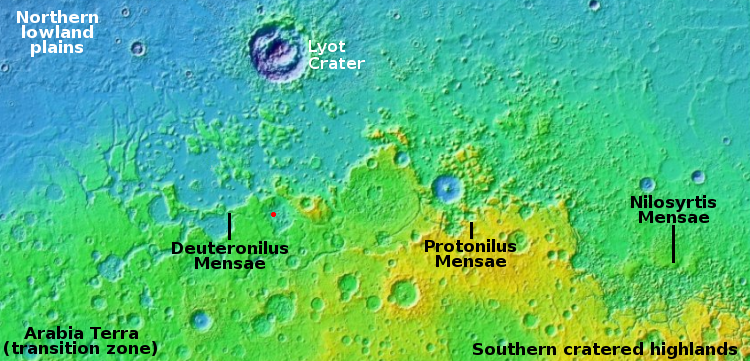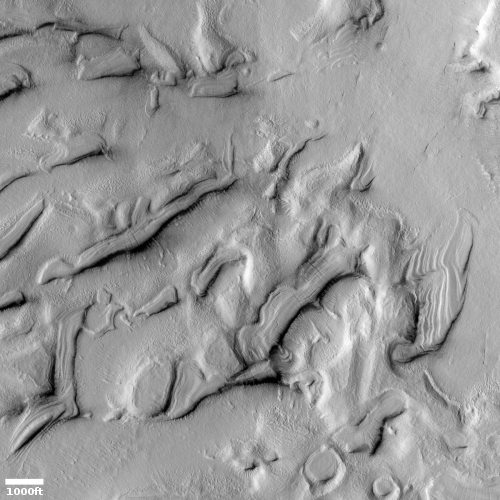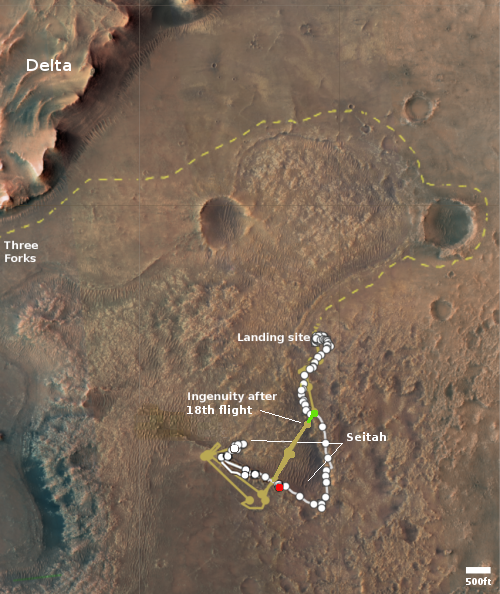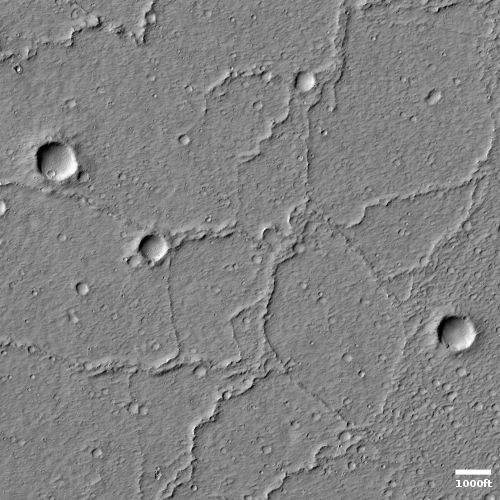SpaceX begins filling methane tanks at Starship launchsite in Texas
Capitalism in space: SpaceX has begun the slow process of filling the storage tanks at its launchpad in Boca Chica with the methane that will be used by its Starship and Superheavy rocket once launched.
To fill the two existing tanks, which may store enough methane to fuel a stacked Starship and Super Heavy about 4/5ths of the way, SpaceX will need around 40-50 more tanker deliveries. Since last November, SpaceX has completed more than 320 liquid nitrogen and 200 liquid oxygen deliveries – equivalent to about 6700 tons (~14.8M lb) of LN2 [liquid nitrogen] and 4200 tons (~9.3M lb) of LOx [liquid oxygen]. If SpaceX maintains that average and focuses entirely on LCH4 [methane], the two horizontal tanks could be filled to the brim before the end of February.
Having a substantial amount of [methane] stored at the orbital tank farm will finally allow SpaceX to attempt the first major wet dress rehearsals (WDRs) and, more importantly, the first full static fires with flightworthy Super Heavy booster prototypes. Of course, a tank farm with full supplies of LOx, LCH4, LN2, and their gaseous equivalents is also a necessity for the first orbital Starship launch attempt, which has most recently slipped from a target of mid-2021 to no earlier than (NET) Q2 2022, pending regulatory approval.
The article also notes that the way SpaceX built two vertical methane tanks at the launchpad appears in violation of Texas regulations, and might either need a waiver from the state or be rebuilt in order to be used. Subsequently the company has added two horizontal tanks that conform to regulations, and it is these tanks it is now filling. More tanks however will have to be added to give it the fuel needed for launch.
Capitalism in space: SpaceX has begun the slow process of filling the storage tanks at its launchpad in Boca Chica with the methane that will be used by its Starship and Superheavy rocket once launched.
To fill the two existing tanks, which may store enough methane to fuel a stacked Starship and Super Heavy about 4/5ths of the way, SpaceX will need around 40-50 more tanker deliveries. Since last November, SpaceX has completed more than 320 liquid nitrogen and 200 liquid oxygen deliveries – equivalent to about 6700 tons (~14.8M lb) of LN2 [liquid nitrogen] and 4200 tons (~9.3M lb) of LOx [liquid oxygen]. If SpaceX maintains that average and focuses entirely on LCH4 [methane], the two horizontal tanks could be filled to the brim before the end of February.
Having a substantial amount of [methane] stored at the orbital tank farm will finally allow SpaceX to attempt the first major wet dress rehearsals (WDRs) and, more importantly, the first full static fires with flightworthy Super Heavy booster prototypes. Of course, a tank farm with full supplies of LOx, LCH4, LN2, and their gaseous equivalents is also a necessity for the first orbital Starship launch attempt, which has most recently slipped from a target of mid-2021 to no earlier than (NET) Q2 2022, pending regulatory approval.
The article also notes that the way SpaceX built two vertical methane tanks at the launchpad appears in violation of Texas regulations, and might either need a waiver from the state or be rebuilt in order to be used. Subsequently the company has added two horizontal tanks that conform to regulations, and it is these tanks it is now filling. More tanks however will have to be added to give it the fuel needed for launch.

